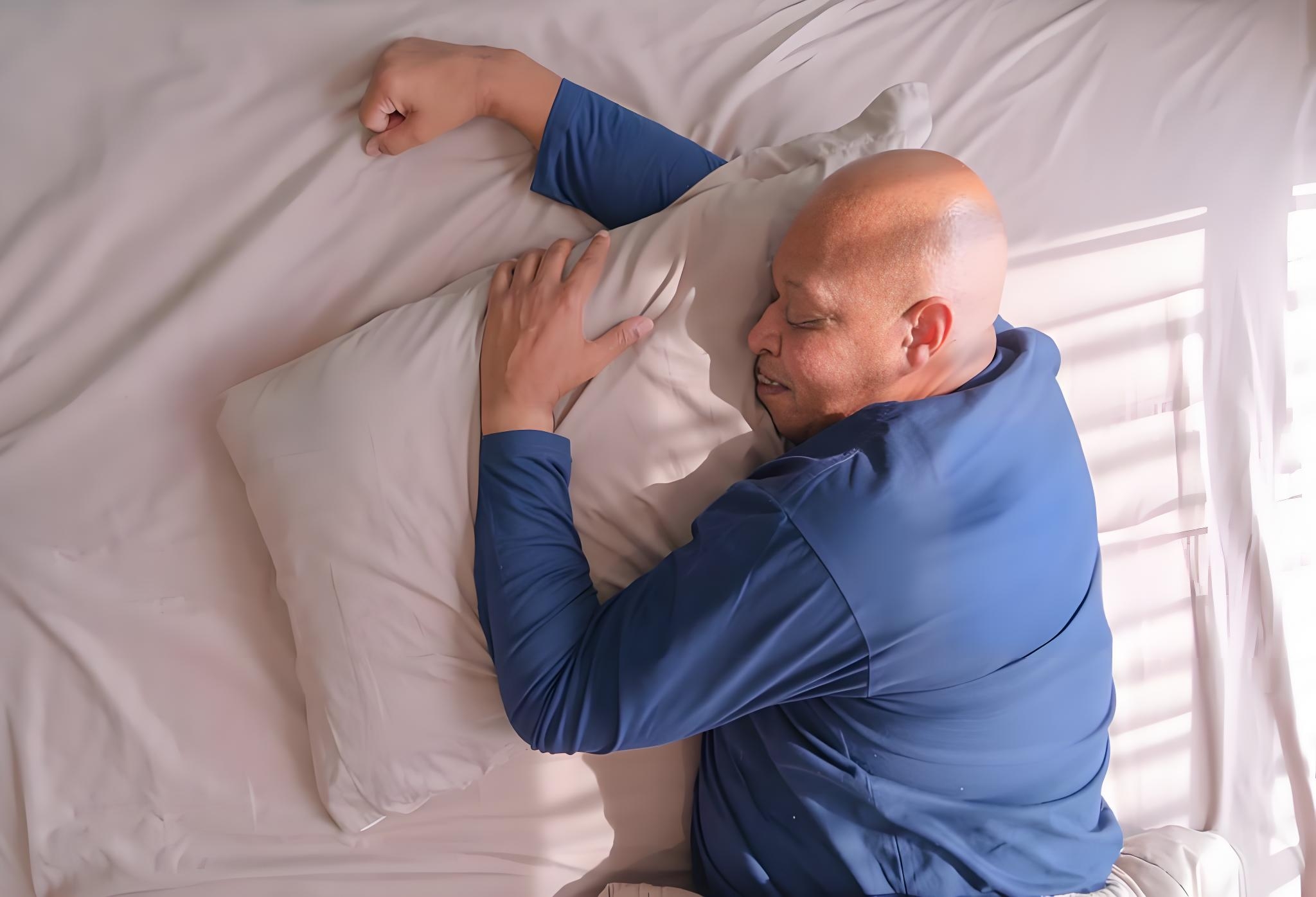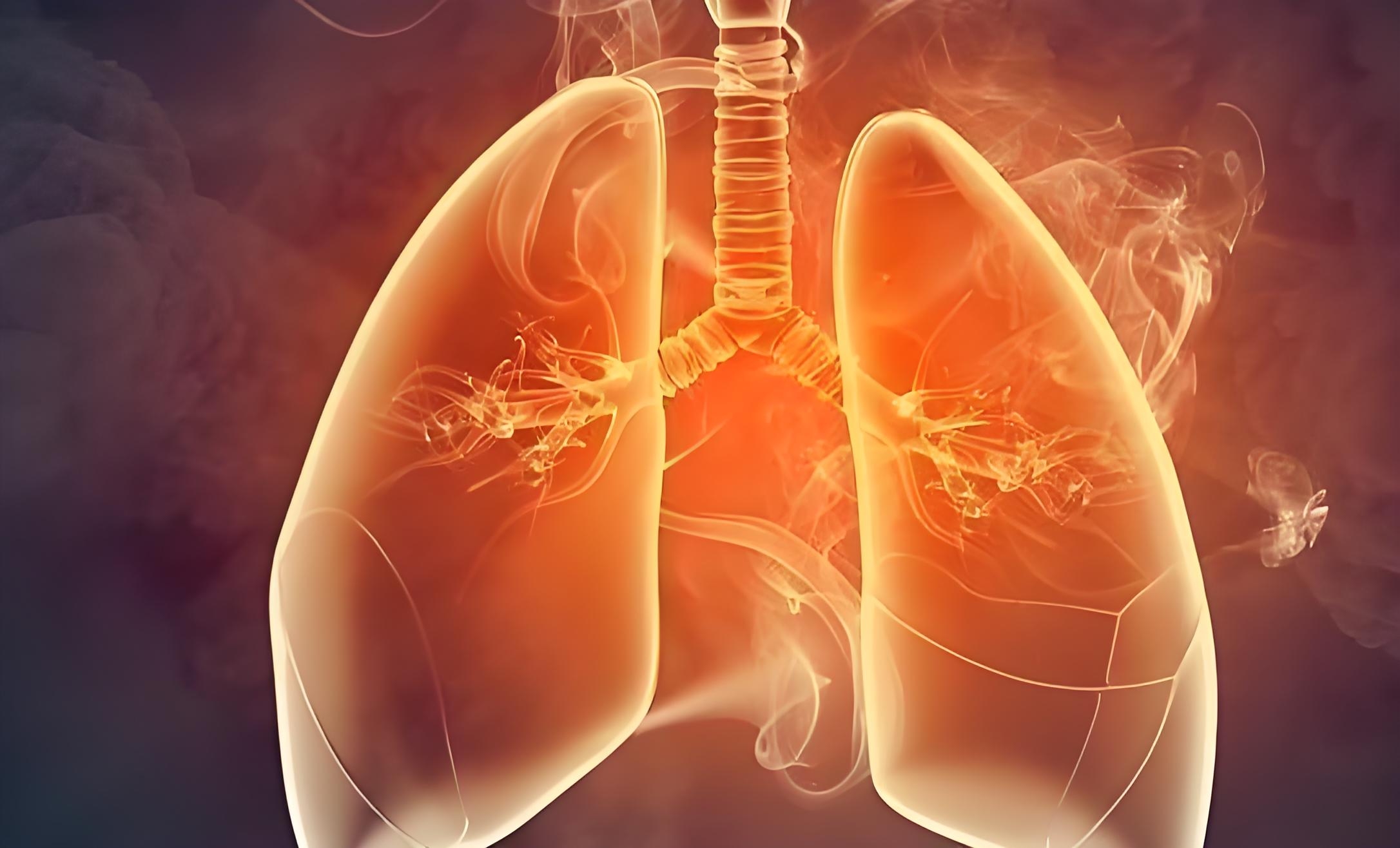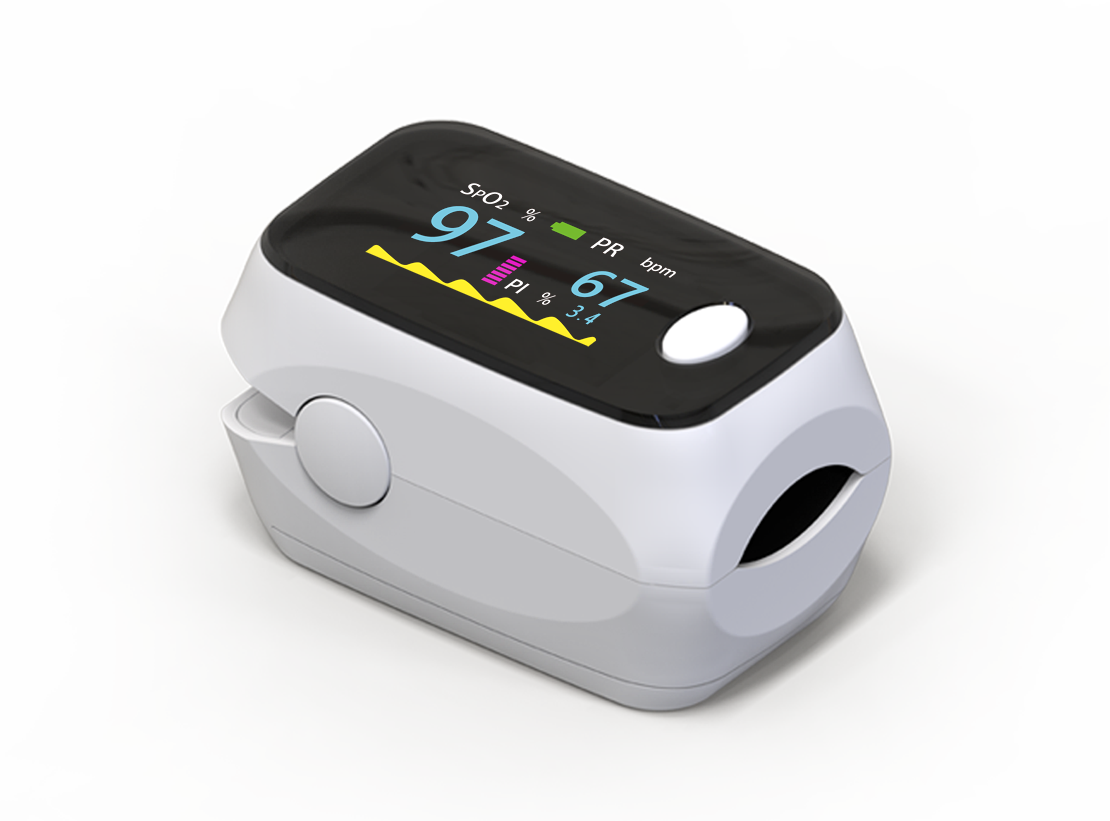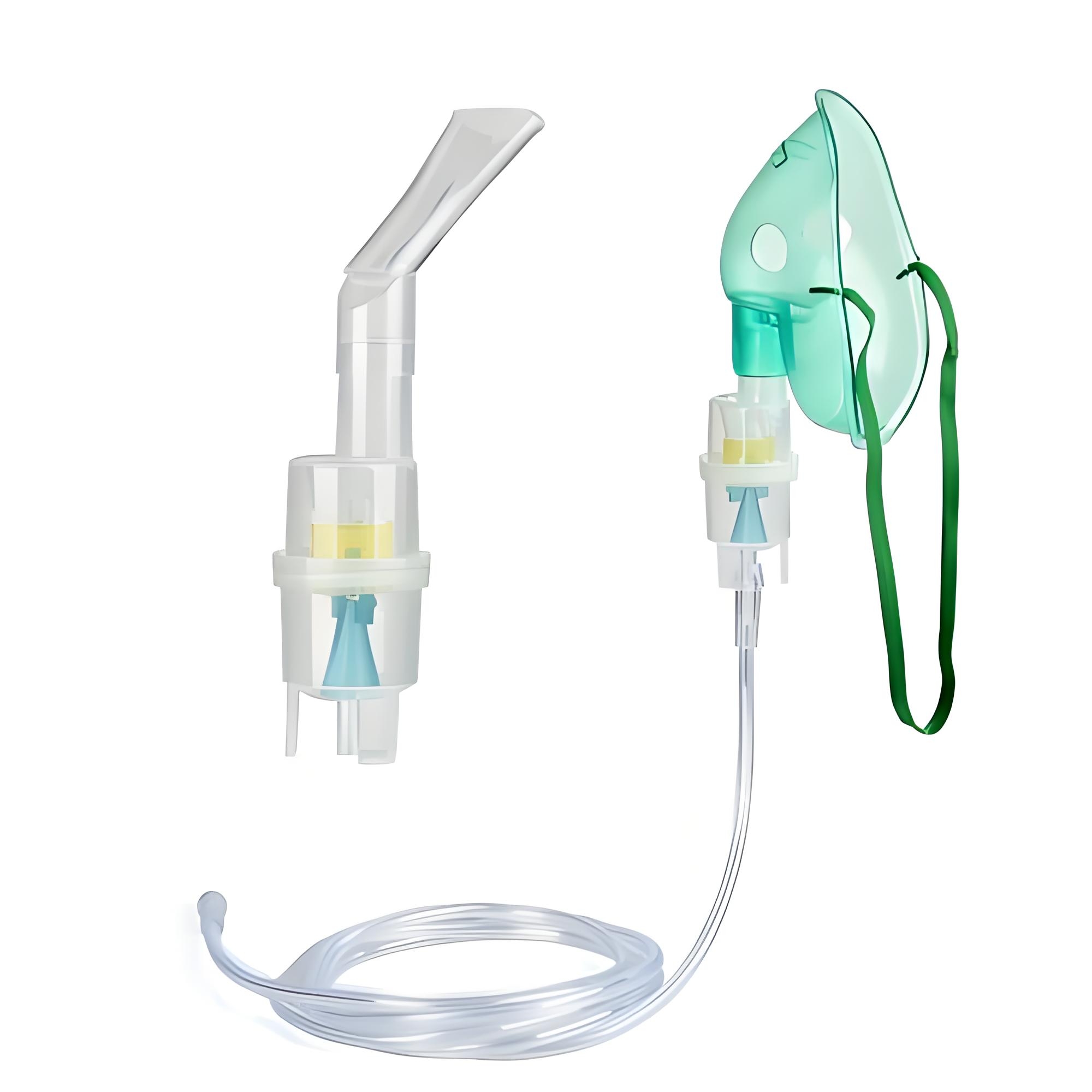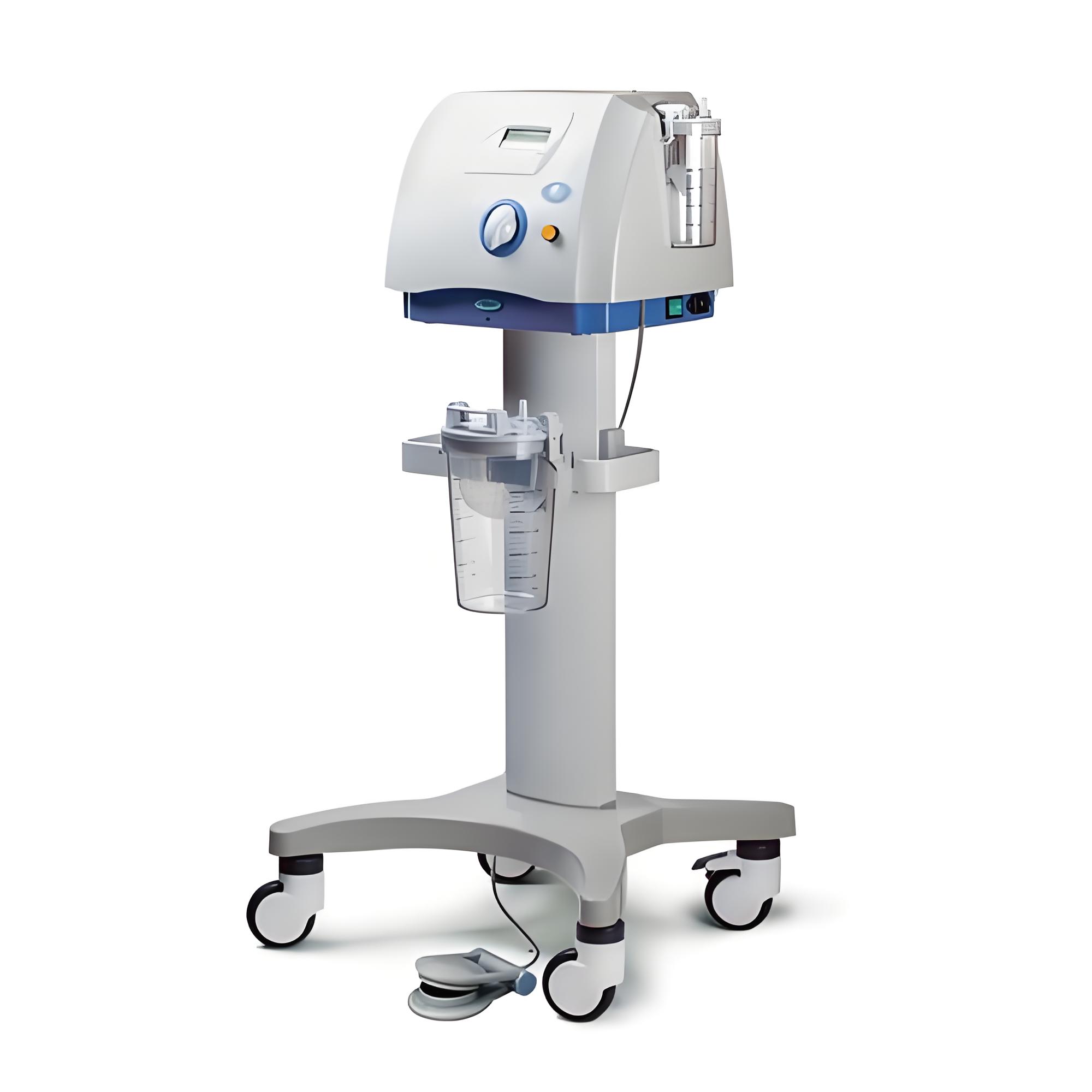Respiratory failure
Respiratory failure
Respiratory failure is one of the respiratory diseases. The basic logic of the disease is the inability of the body to exchange adequate amounts of oxygen and carbon dioxide after damage to the respiratory system. The lungs are among the most important organs of the respiratory system. Among the reasons why the respiratory system does not work properly and the body does not have the required amount of oxygen, there may be a problem in the lungs.
There are two types of respiratory failure:
Type I (Hypoxemic) Respiratory Failure: refers to oxygen deficiency in the blood circulation.
Type II (Hypercapnic) Respiratory Failure: occurs due to excess carbon dioxide in the bloodstream.
There may also be cases where these two types are seen together. Both types can cause significant health problems.
Causes of Respiratory Failure
Conditions that cause hypoxemic respiratory failure are generally as follows:
Coronavirus
Obesity
Pulmonary edema
Lung diseases such as COPD, asthma, pneumonia
Conditions that cause hypercapnic respiratory failure are as follows:
Lung diseases such as COPD and severe asthma
Brain and spinal cord injuries
Poisonings
Some muscle diseases
Pulmonary edema
Symptoms of Respiratory Failure
Shortness of breath
Fast heartbeat
Coughing or wheezing
Cyanosis (bluish discoloration of the skin around the mouth, eyes, and nails)
Severe headaches
Rapid breathing
Confusion and mood disorders
Hypertension
Headache
Muscle twitching
Sleep and drowsiness
Irregular heartbeat (arrhythmia)
Fainting
Attack
Panic attack
Respiratory Failure Treatment
Respiratory failure treatment methods are usually possible by eliminating the cause of respiratory failure. First of all, people who use cigarettes or tobacco products should take action by abandoning these habits.
The main treatment methods are:
Oxygen therapy
People with low oxygen levels may need devices that can administer portable or home oxygen therapy.
Drugs used for airway obstruction
Medicines, usually in the form of a trigger spray, can help open the airways to make breathing easier. These drugs are called bronchodilators.
Non-invasive ventilation
A mask is put on the patient’s face and it is ensured that he/she performs the respiratory movement as required.
Mechanical ventilation
In this treatment method, an intubation tube or a tracheostomy tube is inserted into the patient. The intubation tube is inserted through the mouth into the lung air tubes. Tracheostomy, on the other hand, is performed by making a surgical procedure in the larynx, opening a hole and placing a tube there. These two methods are effective in improving the respiratory function of the patient.
In the treatment of respiratory failure, the treatment process, which is related to the level of the disease and the general condition of the patient, requires compliance with the recommendations given by the specialist physician and regular examinations. Harmful habits such as smoking must be terminated. During the treatment process, the physician may prescribe light exercise and sports programs to the patient. In this way, it can be ensured that the lungs work better and the effect of the treatment increases.
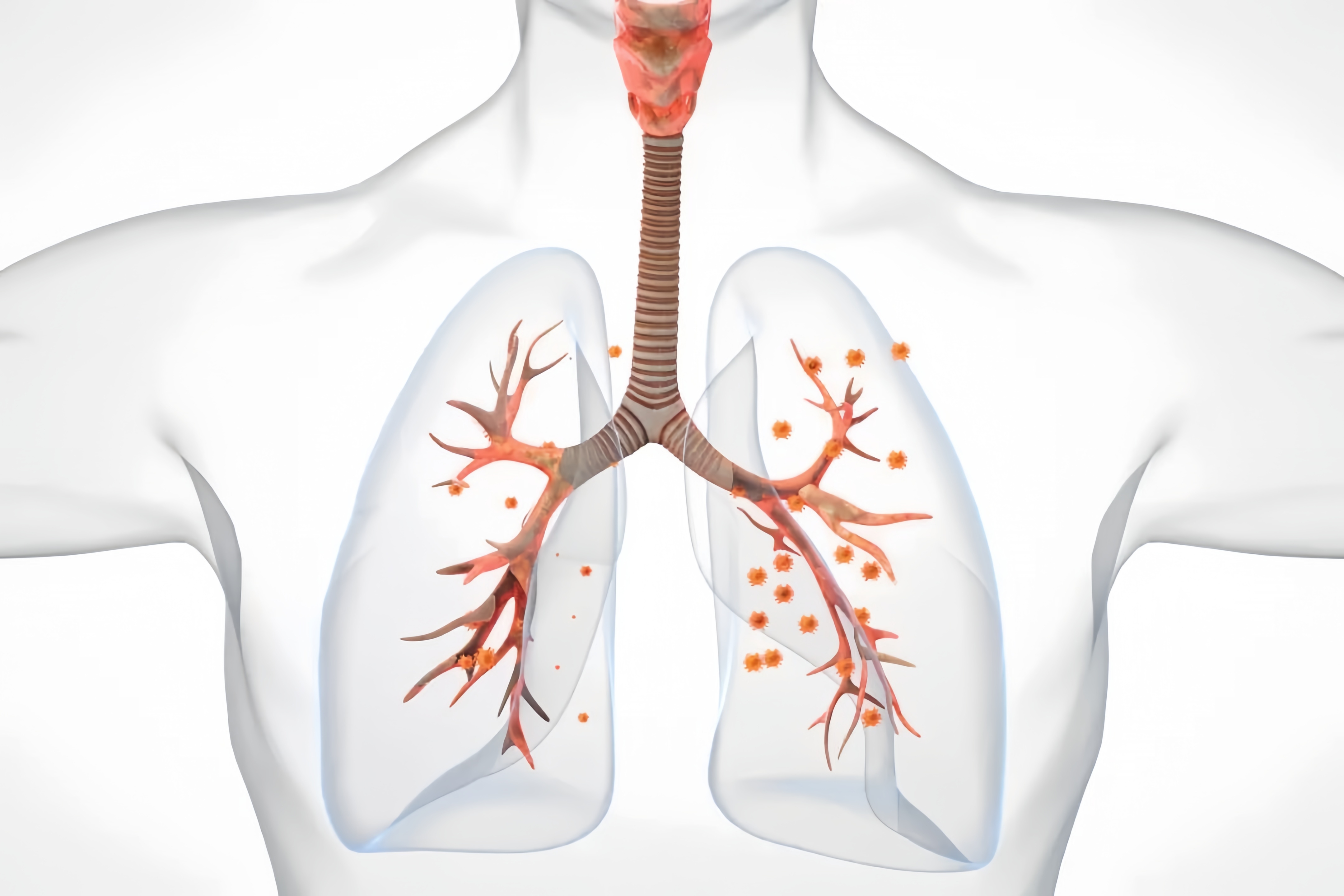

 English
English Spanish
Spanish Turkish
Turkish



